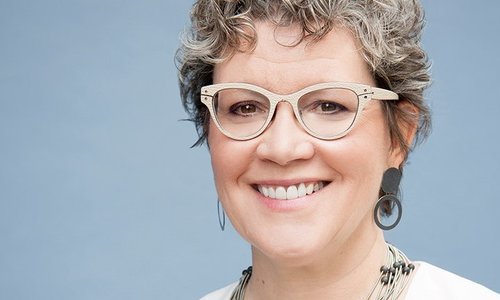Stories

Affordable Housing Loss Grows as ‘Qualified Contracts’ Sap Thousands of Housing Credit Units
LISC is pressing Congress and state housing officials to address the troubling effects of QCs, which reduce the amount of rental housing that is available to families with low incomes. " As a country, we can’t afford to let that continue,” write LISC’s Matt Josephs and Michael Skrebutenas, in a new commentary on the issue. "We can’t afford to subsidize affordable housing development for public good only to watch it slip away for private windfall."

Double Down on ‘Local’ to Empower Families and Communities
From pandemic relief to racial equity, success is as dependent on a strong social infrastructure in communities as it is on the dollars that flow through it, writes LISC President Denise Scott, in a new commentary. “To support just and resilient communities, we must invest in the capacity of place-based organizations to plan, execute, measure, adjust and sustain community development gains.”

In Praise of CDFIs, and Why We Need Them Now More Than Ever
LISC COO Annie Donovan knows her way around Community Development Financial Institutions. In the blog that follows, she offers an indispensable primer on how CDFIs work, the diverse ways and places they operate, and why they are imperative to building equitable and inclusive communities and helping close our country's racial wealth and opportunity gaps.

Social Bonds and Racial Equity: The “S” Gains Prominence in ESG
The growth of the social bond market has offered a unique opportunity for nonprofit issuers, like Community Development Financial Institutions (CDFIs), to connect with retail and institutional investors and expand the flow of capital to justice-focused work. In ImpactAlpha this week, LISC’s Annie Donovan and Anna Smukowski take a closer look at this lasting shift in how investors view the “S” in ESG and what it means for CDFI efforts to invest in equity and inclusion throughout the U.S.
A Look Forward to 2022, From LISC Lending
January always seems to offer hope and possibility, even as one year’s burdens sometimes follow us into the next. That is certainly true of 2022. We may not be able to stop a deadly virus in its tracks, but we can address the through-line of inequality that characterizes much of its impact.

CDFIs: No More Business as Usual
In 2020, CDFIs got a glimpse of what can be accomplished with accelerated, larger-scale investment, thanks to an unprecedented corporate and philanthropic response to the pandemic and racial reckoning. In a blog for Impact Alpha, LISC COO Annie Donovan makes an appeal for continued robust investment: CDFIs were able to get those dollars where they needed to be, and will continue to leverage those resources 12:1, as long as private-sector partners stay at the table.